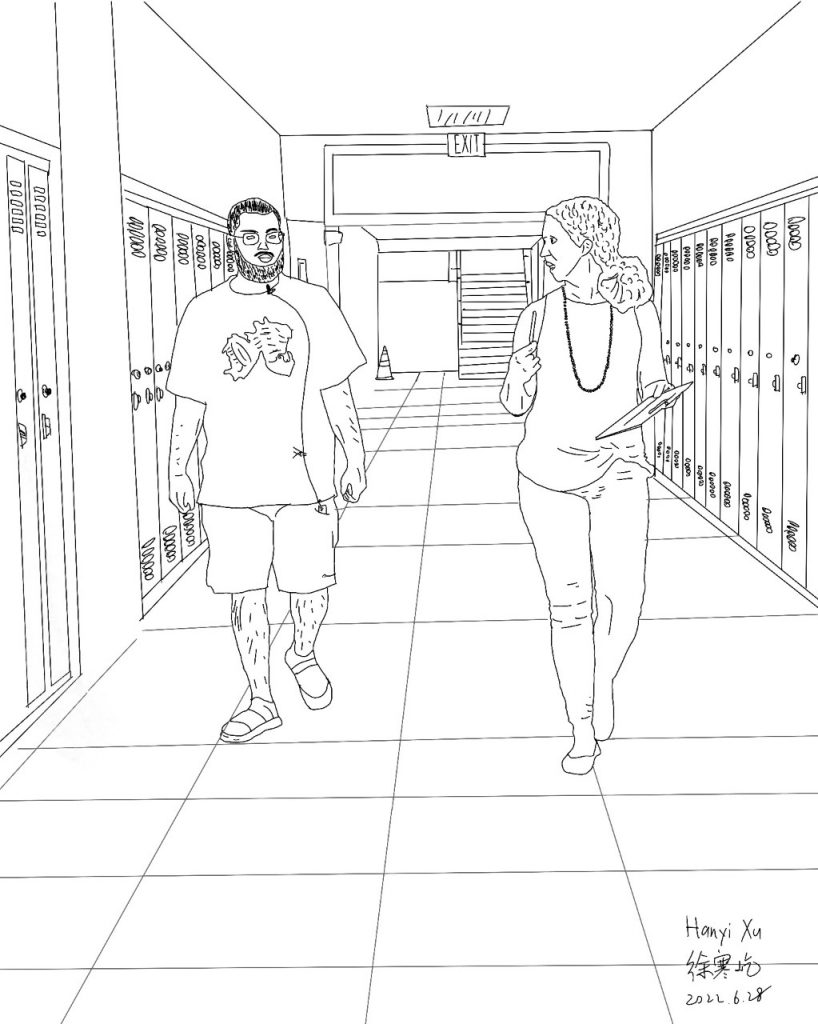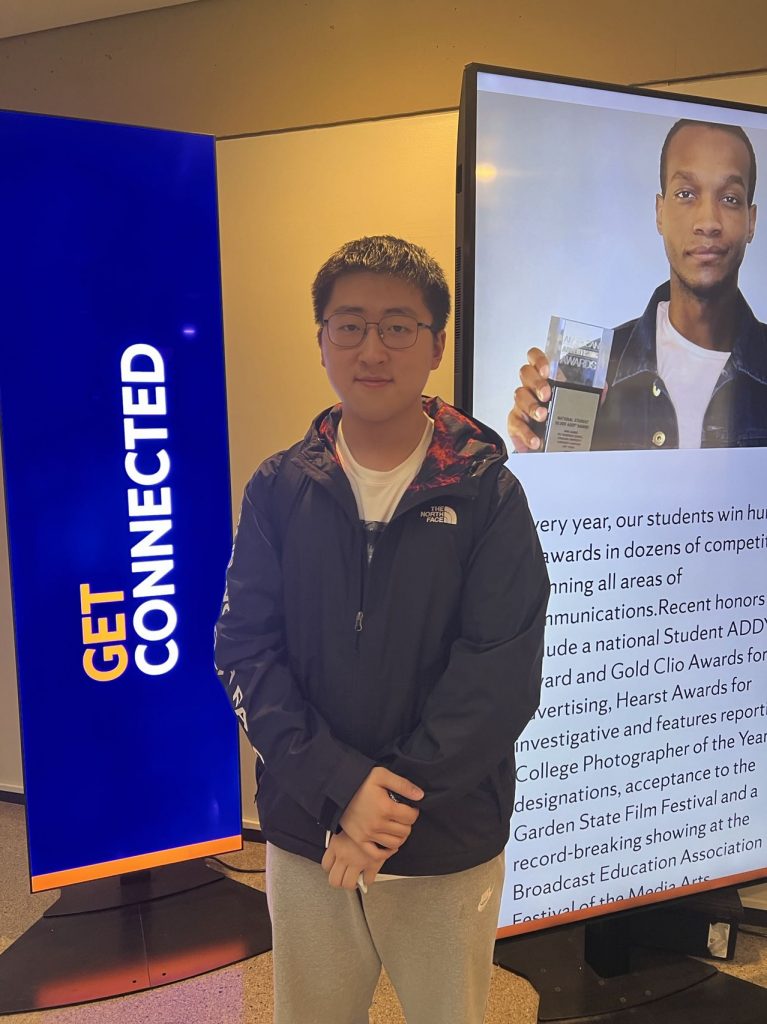Traditional ‘laboratory style’ interviews posed challenges to our philosophical views of our participants – we see them as knowers who draw on vast sums of Community Cultural Wealth (Yosso, 2005) as students and prospective teachers. In the TTP project, we utilize Walking Interviews as a methodological tool. In this post, Hanyi describes what he has learned about the method.
At the start of the TTP pilot project, we were only just getting to know the participants. Though the larger project would involve multiple phases of intervention with TTP students – including teaching sessions and mediated field experiences – we preceded these interventions with a one-on-one walking interview with each participant to learn more about their perspectives as students and aspiring teachers. During the interviews, we recorded with a portable voice recorder – this was set to ‘lock’ and handed to the participant to put in a pocket after they clipped a lapel microphone somewhere on a shirt or hoodie. We then asked the student to guide us through their High School. We opened each interview casually, and chatted with them as we walked around – asking them what they thought of the school, and what schools they’d attended previously.

Students took us throughout the building, pointing out the cafeteria, the second floor library, various classrooms, the music room, and the gymnasium. During the walk, students were asked about their experiences in certain parts of the building (they had been asked to show us their favorite places in the school). As students walked, guiding us on a tour of their school, they often met and greeted different people, including many teachers who have taught them. This often prompted students to remember new ideas to add to their initial answers to a central question in our interviews: “What makes a good teacher?”
The following snippet of a transcript from Dr. Sharpe’s interview with Ben*, a student in the TPP study, illustrates one such moment.
Charlotte Sharpe Alright where should we go?
Ben Well, we can walk out to the library. Mr. K– at the desk at the standing desk desk, that’s Mr. K–. He was my 10th Grade History teacher. He’s really cool. I like the way he teaches. He never stands in one spot and he doesn’t just lecture you about it.
Charlotte Sharpe What does he do?
Ben He – he makes sure to move around the room so you’re always following him. So you can’t get tired. And then he’s always Yeah, and he’s always like asking question, and I don’t know why but he gives out these cards. And it’s like a reward. It doesn’t do anything. It’s just a card. And I don’t know, I just wanted a card. So I kept answering questions.
Charlotte Sharpe So it sounds like he kind of found some strategies to motivate you.
Ben Yeah. Like he did that with all the kids. Like, if you answered a question, he would hand you the card, and it would be plus five points to your grade. But I didn’t really need it. I probably got hundreds because I kept answering questions for the cards. Oh, it’s closed….
After 10 minutes or so of getting a ‘tour’ from each student of their building, we would make our way to a private ‘career center’ room near the front office where we could talk more extensively; by this point, the students were more comfortable and open than they had been at the start of our walk, and had taken on an attitude of guide and knower rather than student and learner.
Following students on foot is more conducive to interviewing them sitting in a set place for an interview. Students develop a sense of ownership when guiding guests around a place they are familiar with. It’s like they’re in their own home and they don’t seem nervous. However, if they sit in one place for a one-on-one interview, they may feel isolated and nervous about saying the right thing – self-consciousness, in other words – particularly when the interviewer is a college professor who will be working with their class.
Another benefit of walking tour interviews is that students have plenty of time to think about the questions we ask and compose their answers. Silence is very noticeable in a face-to-face interview; this gives students very little time to think, and may result in missed information. Imagine, for instance, that during a seated face-to-face interview, I give a question that my interviewee needs to think about. During this reflection process, everyone is quiet. I sit, looking at the interviewee out of respect. Is he waiting for my answer? I’d better just say my first thought, the participant may think. However, walking one behind the other (or two side-by-side) can give the respondent a moment to reflect and collect their thoughts without feeling rushed or nervous.
-Hanyi

*Ben is a pseudonym, as are all names for research participants used on the blog.
Yosso, T. J. (2005). Whose culture has capital? A critical race theory discussion of community cultural wealth. Race ethnicity and education, 8(1), 69-91.